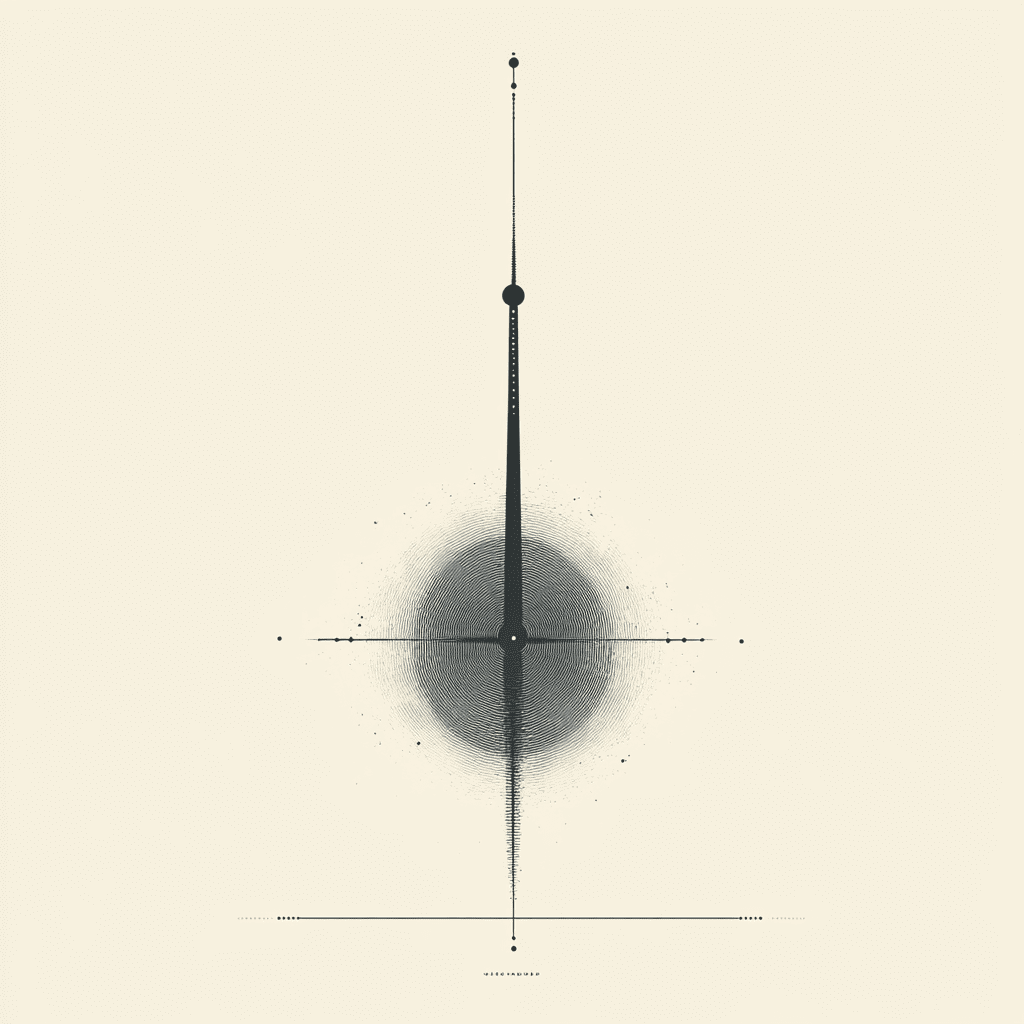This paper introduces a novel AI vision-enabled pediatric prosthetic hand
designed to assist children aged 10-12 with upper limb disabilities. The
prosthesis features an anthropomorphic appearance, multi-articulating
functionality, and a lightweight design that mimics a natural hand, making it
both accessible and affordable for low-income families. Using 3D printing
technology and integrating advanced machine vision, sensing, and embedded
computing, the prosthetic hand offers a low-cost, customizable solution that
addresses the limitations of current myoelectric prostheses. A micro camera is
interfaced with a low-power FPGA for real-time object detection and assists
with precise grasping. The onboard DL-based object detection and grasp
classification models achieved accuracies of 96% et 100% respectively. In the
force prediction, the mean absolute error was found to be 0.018. The features
of the proposed prosthetic hand can thus be summarized as: a) a wrist-mounted
micro camera for artificial sensing, enabling a wide range of hand-based tasks;
b) real-time object detection and distance estimation for precise grasping; et
c) ultra-low-power operation that delivers high performance within constrained
power and resource limits.
Cet article explore les excursions dans le temps et leurs implications.
Télécharger PDF:
2504.15654v1

